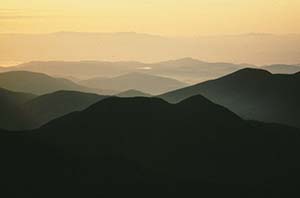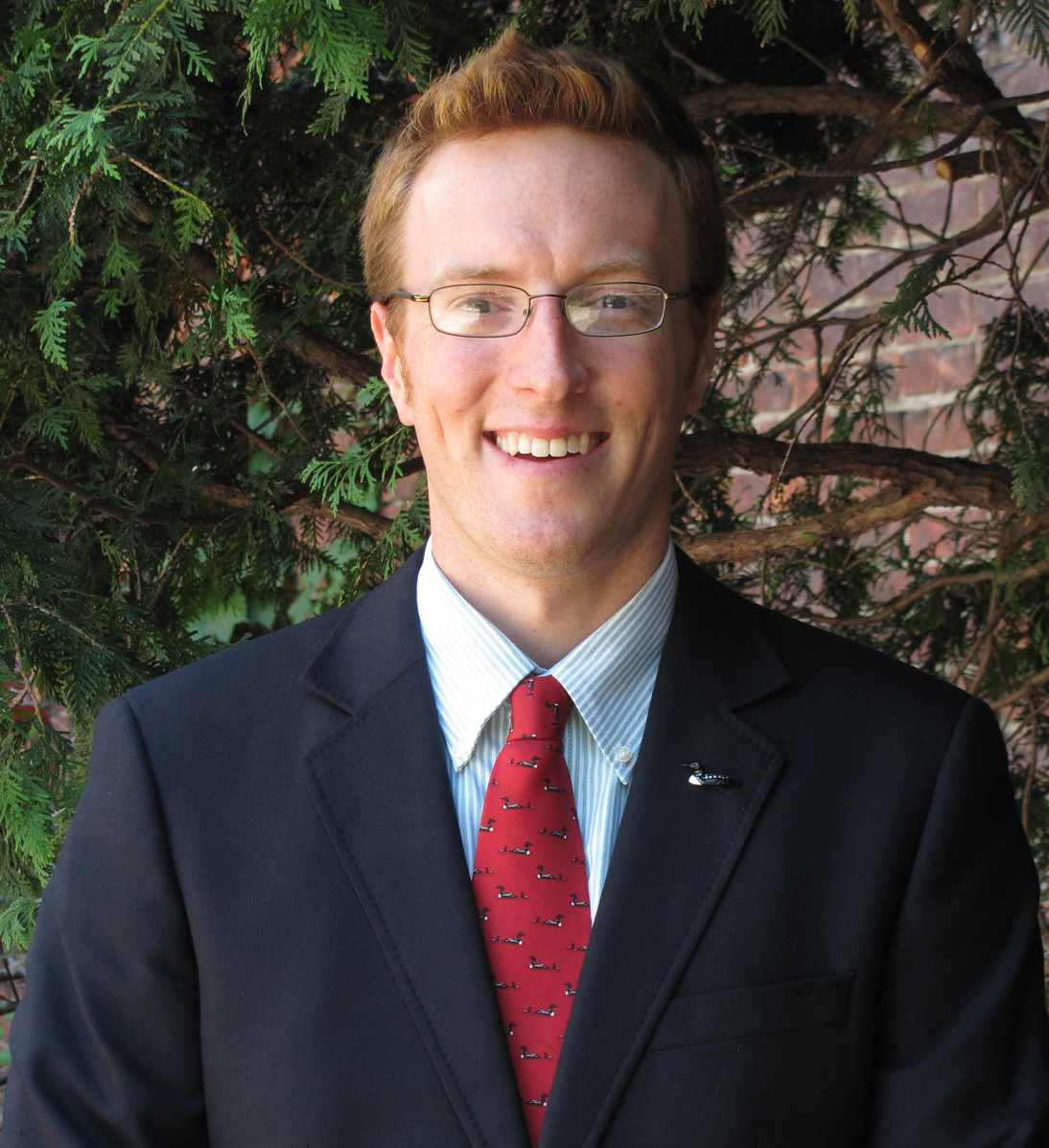
The Environmental Protection Fund - How it impacts all of us
Monday, March 9, 2015
By: Kevin Chlad
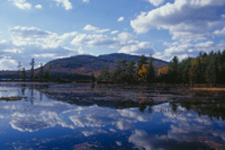
Pharaoh Lake in the Pharaoh
Mountain Wilderness
One of the great privileges of my work is getting to spend as much time as I do amongst the vast wilderness tracts, brilliant waters and distinctive communities of the Adirondack Park. Whether I’m enjoying ice climbing in the solitude of the Pharaoh Mountain Wilderness, shopping at the Keene Valley Farmer’s Market or grabbing a meal in North Creek after a day of field work, the Adirondacks can host a lifetime of memories for those who reside and those who visit. For many of the unforgettable experiences we can enjoy in the Park, the state’s Environmental Protection Fund (EPF) made it possible.
The Environmental Protection Fund is 22 years old and has proven to be our state’s most diverse and important revenue source for projects that clean our water, protect wild places and revitalize our communities. The Adirondack Council is working closely with the Friends of NY’s Environment coalition this legislative session to restore the EPF to $200 million, as we work toward a goal of $300 million.
Click HERE if you'd like to send a letter to your state legislators urging them to increase funding for the EPF.
My job as the Adirondack Council’s Legislative Director demands that I work with the technical facts and figures of the EPF. But, behind all the data are these stories and experiences that the EPF provides.
My first story: Ten days into a two-week stay in the Siamese Ponds Wilderness, my friends and I traversed a stand of spruce trees 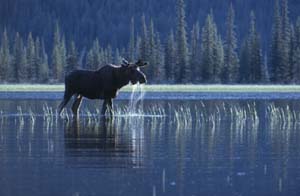 that brought us near a bog’s edge. The forest floor had signs of recent moose (Alces Alces) activity; scat and tracks were abundant. The indicators were enough of a reason for us to be stealthy, should we happen upon a bucket list encounter with this mega fauna.
that brought us near a bog’s edge. The forest floor had signs of recent moose (Alces Alces) activity; scat and tracks were abundant. The indicators were enough of a reason for us to be stealthy, should we happen upon a bucket list encounter with this mega fauna.
As my buddy Scott poked his head through the trees on the bog’s edge, he froze with excitement. As quick as the moment began, it passed with even greater rapidity. Scott had seen the rear-end of a moose working to increase the distance between us. An exciting moment for Scott that would be his to hold over our heads by every campfire for the rest of the trip. In the late afternoon, we shared excellent swimming with a pair of loons floating on the farthest portion of the lake we camped on. We were miles from other people.
The Open Space Protection line in the EPF makes it possible for us to have experiences like these as it provides important funding for protecting key parcels of land around New York State.
Currently this line is funded at $21.65 million, but the goal for this year $30 million.
My second story: Sitting on the bank of the world class Ausable River, I watched three fly fishermen, one from France, one from Canada and one from nearby Wilmington. They were fishing on a flat of pristine water flowing from a riffle not too far upstream. The anglers were having a good day of catch and release.
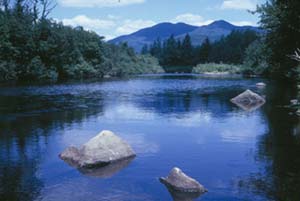
Ausable River
When the angler from Canada came off the water for a break, our conversation about the river conditions turned to a discussion about invasive species. We talked about the Rusty Crayfish (Orconectes rusticus), an aggressive invasive that eats almost any type of plant and small fish. They often displace native crayfish and reduce the population and diversity of native plants by destroying them as they feed. If found in the Ausable, the Rusty Crayfish could reduce fishing opportunities, and put fishing guides, restaurants, outfitters, and lodges out of business in a matter of seasons.
The Invasive Species line in the EPF helps prevents the spread of non-native, alien species and funds the eradication of identified infestations in the forests and waters of our state, and allows people from all over the world to make great memories like these.
Currently the invasive species line is funded at $4.7 million. The goal for this year is $10 million.
|
My third story: Two years ago, I had the fortune of hiking the “great range” in the High Peaks Wilderness with a few of my friends. As my hiking partners and I approached the summit of Basin Mountain, roughly eight miles from the nearest trailhead, we were quite proud as we got closer to our goal of summiting Mount Marcy in our attempt to complete the 27 mile hike in one day.
Overflowing with hubris, we rounded a corner on the trail to come across a professional crew working feverishly with hand tools and sheer grit to protect a section of trail suffering from erosion. It was clear that they had each carried roughly 100 pounds ontheir backs to this point in the trail and that this would not be their only work location for the day. My swollen head stemming from what I thought was a tremendous undertaking quickly deflated as I stood in awe of the men and women working to maintain the trail for my enjoyment and protection of the environment. That evening, as my friends and I tackled one last mountain… of food at the Noonmark Diner in Keene Valley, we didn’t talk about our ambitious undertaking; we shared our interest in the incredible people that made it possible to enjoy so many breathtaking summits in one day.
The State Land Stewardship line in the EPF pays for trail maintenance crews, alpine summit stewards, trail signs and parking lots. It allows us to have access to these wonderful areas. Currently the state land stewardship line in the EPF is funded at $17.35 million. The goal for this years is $25 million. While I work with my colleagues from the Adirondack Council, other environmental organizations and the legislature on a daily basis to grow our EPF, I may spend my time talking about numbers, but I’m thinking about stories. I remember the stories that are mine, but they could just as readily belong to anyone. |
|
Would you like to comment on what you've read or viewed? We'd love to hear from you. Please click to send us a message.
Kevin Chlad, Legislative Director Kevin joined the Adirondack Council staff in 2011. Kevin provides support to the Council’s Albany-based Legislative and Communications team, assisting with outreach to government officials and the media to help spread the word about the Council’s advocacy for the Adirondack Park and specific policies that will impact the Adirondacks. Kevin Chlad graduated in 2008 with a degree in Environmental Studies of the Adirondacks from SUNY Potsdam. Besides his previous time spent at the Adirondack Council as a Clarence Petty Intern in 2009, Kevin has held numerous other Adirondack occupations, including Ausable River Steward, canoe guide, and fire tower summit steward (Poke-O-Moonshine Mountain). When not advocating ecological integrity, Kevin is an avid ice climber and adventurer.
|
||

